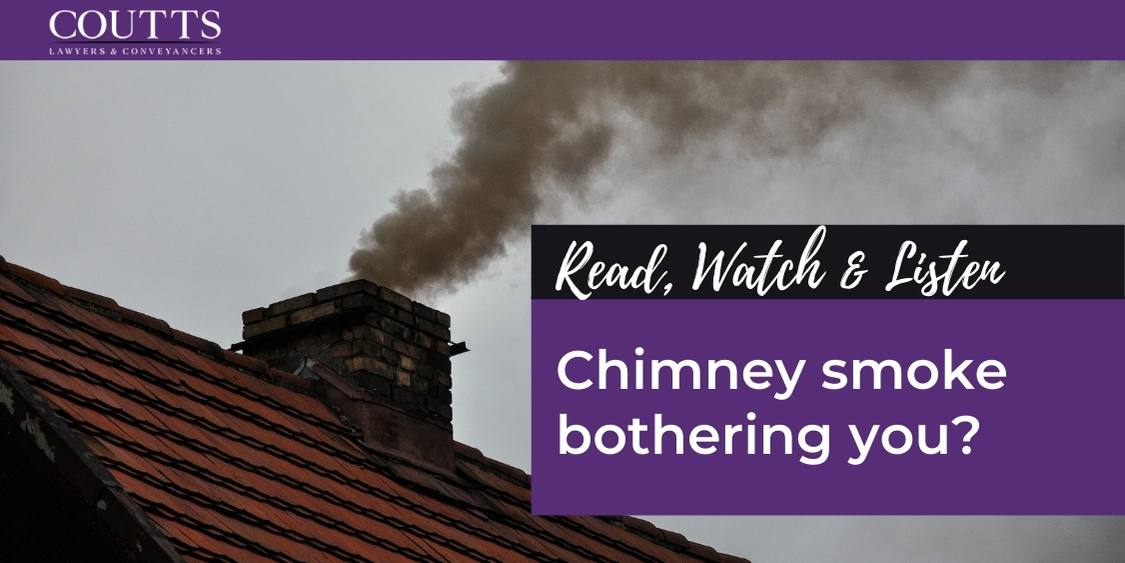KEY TAKE OUTS:
As the weather gets colder and the wood heaters are fired up, we often get queries about what can be done about the chimney smoke caused by wood heaters.
The Environmental Protection Authority website has this to say about smoke from wood heaters:
Smoke from wood heaters is a major source of air pollution.
Wood smoke contains noxious gases (including carbon monoxide, oxides of nitrogen, fine particles and a range of organic compounds, some of which are toxic or carcinogenic).
Wood smoke issues with excessive smoke from domestic wood burning can be reported to the local council. Councils can issue smoke abatement notices to direct residents to prevent excessive emissions of wood smoke.
The EPA has also prepared some great education materials for Councils to educate the community on the effect of wood smoke.
Regulating Air Pollution from Wood Smoke
Smoke abatement orders
Smoke abatement orders are available under the Protection of the Environment Operations Act 1997 (POEO Act) and can be issued by your local council to an occupier of a residence from which excessive smoke is emitted.
Excessive smoke means the emission of a visible plume of smoke from a chimney for a continuous period of not less than 10 minutes, including a period of not less than 30 seconds when the plume extends at least 10 metres from the point at which the smoke is emitted from the chimney.
Section 135B of the POEO Act provides that a smoke abatement notice can be issued to an occupier of a residence requiring them to ensure that excessive smoke is not emitted from the chimney.
The notice can be issued if it appears to the authorised officer that excessive smoke is being, or has at any time within the past 7 days been, emitted from a chimney on or in residential premises.
The notice lasts for six months. The maximum penalty for failing to comply with a notice is 30 penalty units, which at the time of writing is equal to $3300.
Tips for reducing wood smoke pollution
The EPA makes the following suggestions for reducing wood smoke pollution:
- Have the chimney cleaned at least once a year, to prevent tar build-up.
- Don’t let your heater smoulder overnight – keep enough air in the fire to maintain a flame.
- Open the air controls fully for 5 minutes before and 15 to 20 minutes after loading the heater. Stack wood loosely in your firebox, so plenty of air circulates around it. That way your fire will burn hot and efficiently.
- Burn only dry, aged hardwood in your wood heater. Green or unseasoned wood contains up to 70% water, which causes smoke, not heat and wastes money.
- Store freshly cut wood under cover in a dry, ventilated area for at least eight to twelve months.
- Never burn rubbish, driftwood or painted or treated wood, which can produce toxic gases.
- When lighting a cold heater, use plenty of dry kindling to establish a good fire quickly.
- Check your chimney regularly to see how well your fire is burning. If there is smoke coming from the chimney, increase the air supply to your fire.
- Save money by making sure your home retains the heat you put into it – insulate ceilings, walls and floors where possible and choose an appropriate heating system for your home.
- For new wood heaters, make sure they have a compliance plate showing they meet the Australian Standard (AS/NZS 4012:2014 and AS/NZS4013:2014).
We understand that the air pollution from smoky chimneys is bothersome for vulnerable people, potentially dangerous. However, given the cheap availability of fuel and the impressive heat generation a wood heater can provide, wood heaters will continue to be a popular method of home heating.
Recommendations
While it is an offence to pollute the air with detectable chimney smoke, the expense of prosecution and enforcement is a deterrent and it would in many cases be cheaper and easier to source some quality, dry timber for your neighbour.
Instead, if you have a neighbour with a smoky chimney, we recommend discussing with your neighbour that you have noticed an increase in smoke from their chimney and asking them whether they are aware of the ways to minimise the smoke emanating from their wood heater.
If you are not comfortable talking to your neighbour directly, you could also ask your local council to notify the neighbour and drop off some educational material in their letterbox to let them know how to reduce the smoke.
The EPA’s education material is available on its website here.
For further information please don’t hesitate to contact:
info@couttslegal.com.au
1300 268 887
Contact Campbelltown Lawyers today.
This blog is merely general and non specific information on the subject matter and is not and should not be considered or relied on as legal advice. Coutts is not responsible for any cost, expense, loss or liability whatsoever in relation to this blog, including all or any reliance on this blog or use or application of this blog by you.



